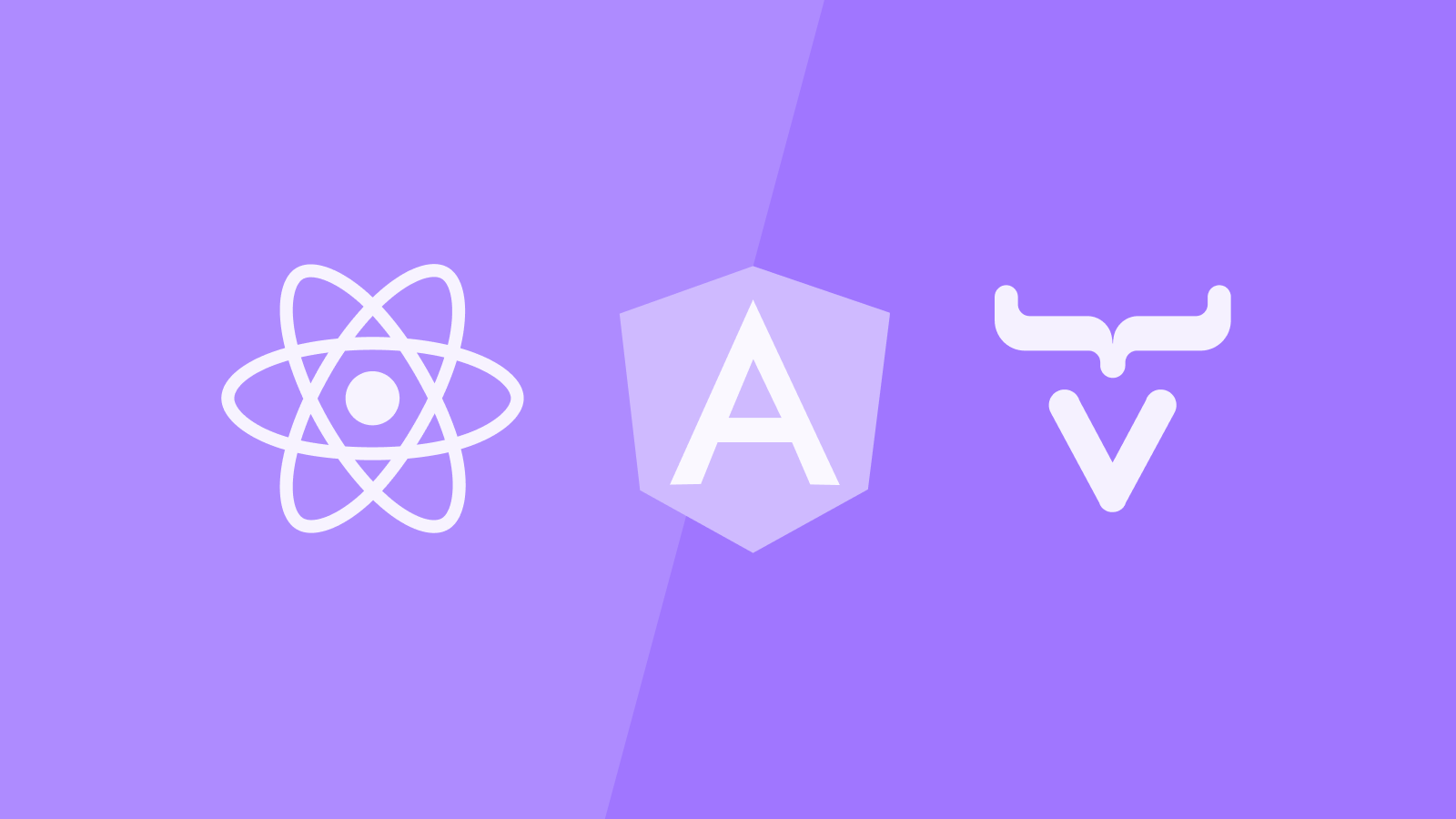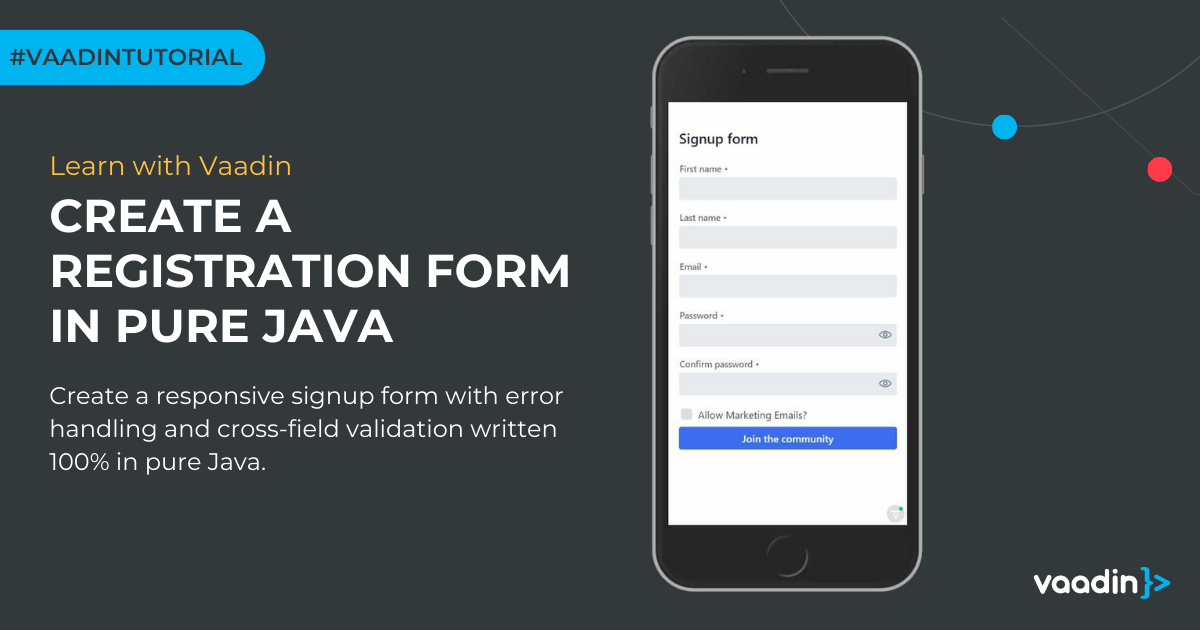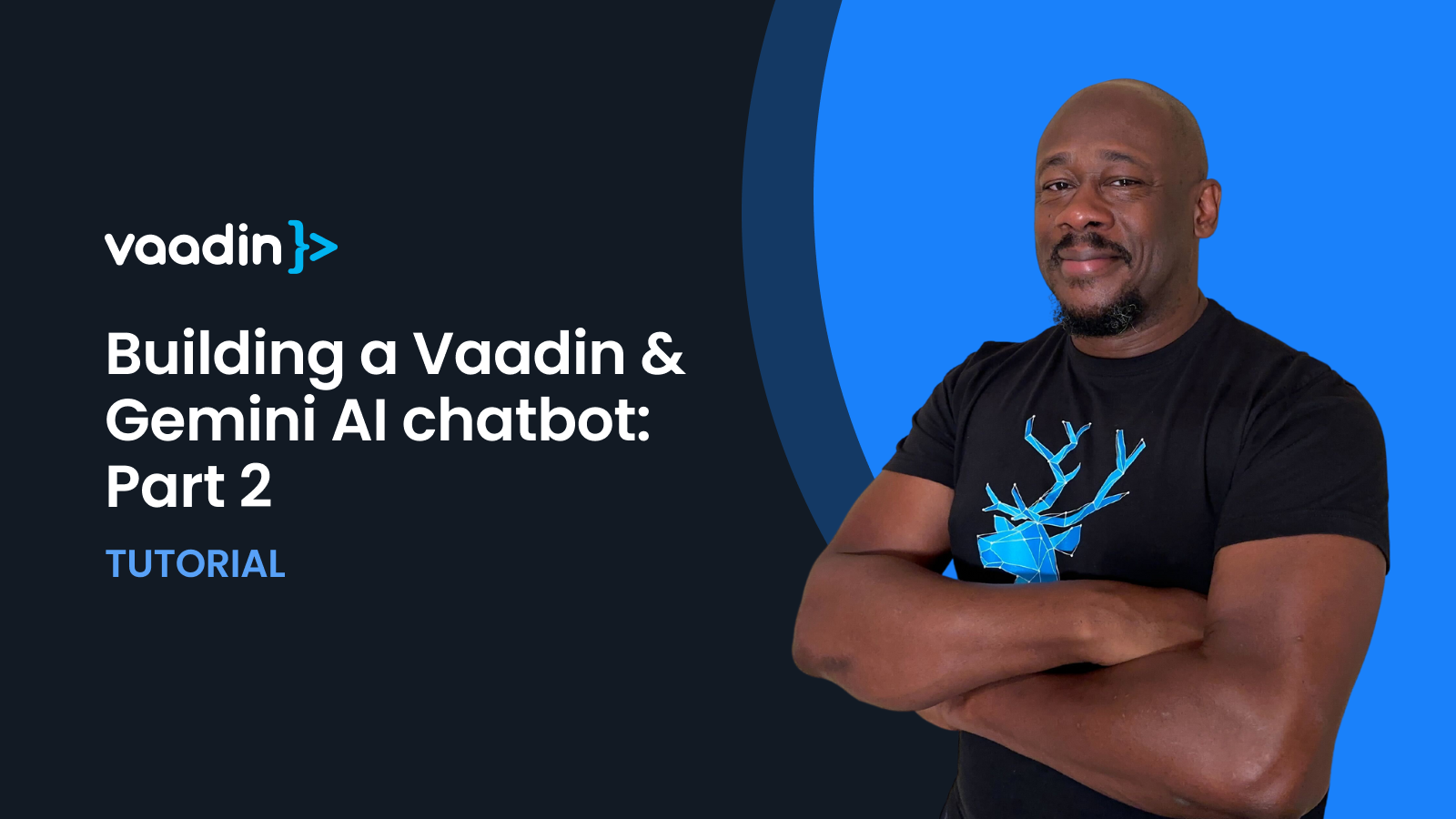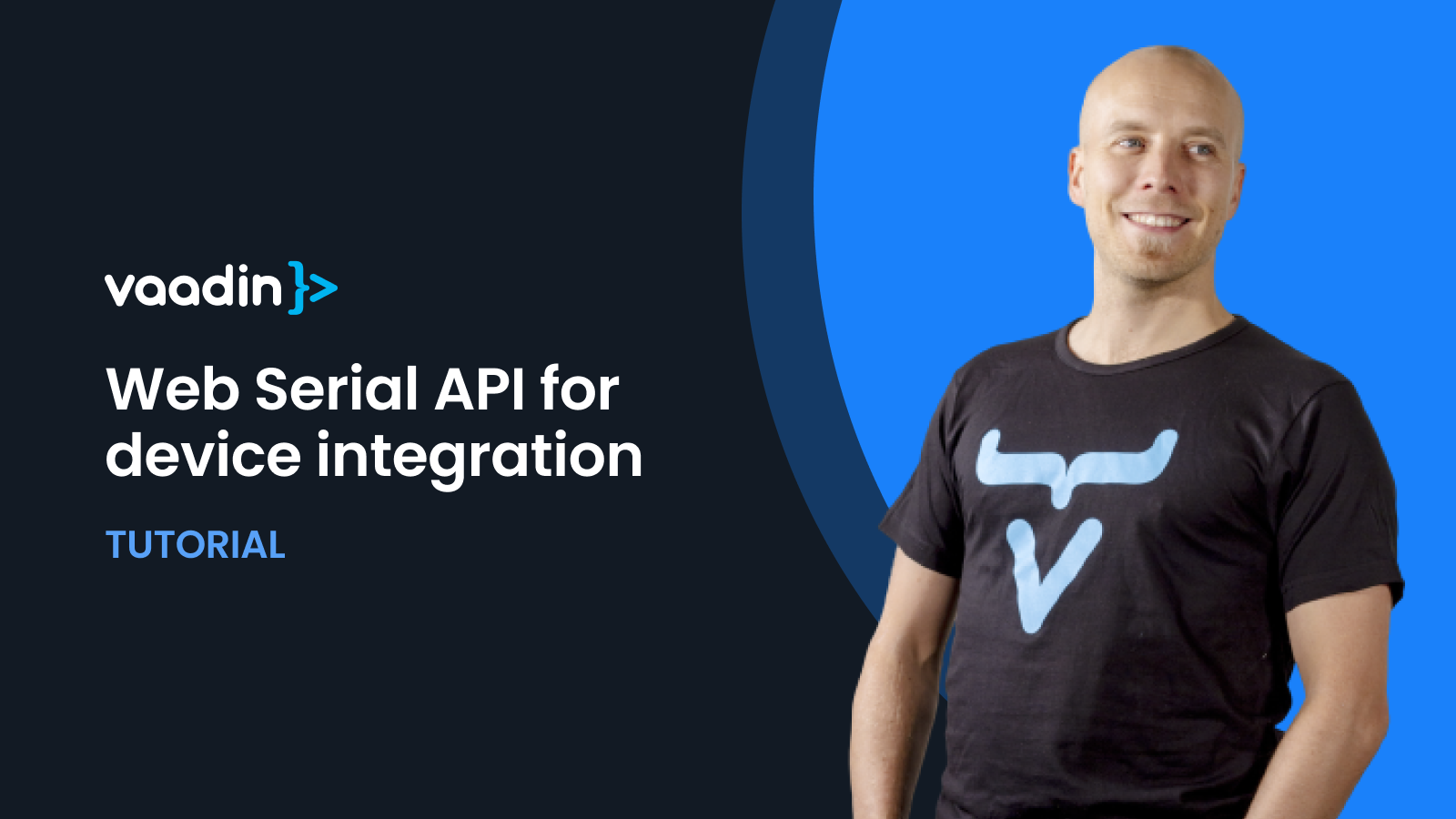We use cookies to serve our customers and website visitors in the best possible way. Cookies are used for the proper functioning of the website and for improving the user experience, monitoring visitor traffic and marketing purposes. By continuing to browse the site, you agree to our use of cookies. You can read more about cookies here.
Vaadin Blog

Building Vaadin add-ons with minimal dependencies and Spring Boot setup
In this blog, we'll show you how to minimize dependencies in Vaadin add-ons, use Spring Boot for easy development and testing, and set up a clean Maven project for compatibility with various tech stacks. It's crucial to keep the number of transitive dependencies in your add-ons to a minimum. This ...

Best Angular alternatives for web development in 2025
Angular is a web development framework that provides APIs, libraries, and tools to streamline application development. Despite being a mature, secure, and well-maintained framework—Angular’s popularity has steadily declined in the last few years. In comparison, Angular alternatives like React and ...

How to create a user registration form in pure Java
Learn how to create a responsive signup form with error handling and cross-field validation written in pure Java. Last updated September 2024. In this guide, we create a standard registration form with error handling and cross-field validation. This signup form is developed entirely in pure Java ...

Using AI to summarize documents in Java
In my previous article, I showed how to use an LLM to make sentiment analysis, draft responses to customer feedback, and create a chat-with-documents experience that uses your content. In this blog post, I continue exploring business use cases for AI by summarizing an uploaded document. I use ...

How to use Visual Studio Code with Java and Maven projects
Last updated September 2024. Java is one of many languages supported by Visual Studio Code (VS Code). Like most things in VS Code, Java support is extension-based. You may need several extensions, depending on the project type and stack you are working with. You can find more detail in Java in ...

Vaadin in WordPress: Best of both worlds?
While exploring embedding Vaadin, I stumbled upon an interesting article about using web components in WordPress: Using Web Components in WordPress is Easier Than You Think. This got me thinking that running Vaadin in WordPress should be a breeze! After all, Vaadin apps are web components, and you ...

Building a Vaadin & Gemini AI chatbot: Context management and UI customization
Welcome to part two of our series on building an AI-powered chatbot using Vaadin and Google's Gemini AI 1.5 model. In this post, we’ll enhance the basic Gemini AI chatbot from part one with advanced features like context management, a customized UI with Vaadin components, and an improved user ...

Reading electronic competition card data with Web Serial API
In this blog, we'll cover how to integrate hardware devices like USB card readers with Java web apps using the Web Serial API in a Vaadin app. Many developers rule out web apps immediately when device integration is involved. But in many cases, it is for the wrong reasons. Technologies have ...

Consuming GraphQL APIs from Java applications
Updated for 2024. GraphQL has become a common alternative to REST as a way to provide data to modern web applications. They both solve the same problem, but GraphQL comes with a different set of trade-offs. It is designed to answer challenges pertinent to larger organizations, such as inter-team ...






